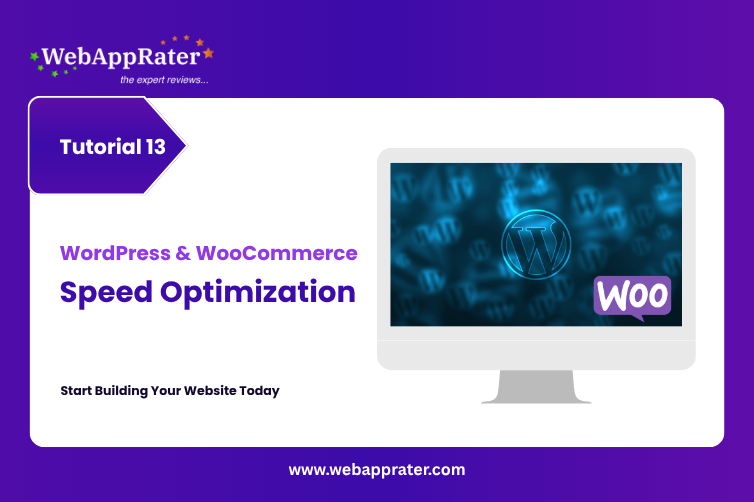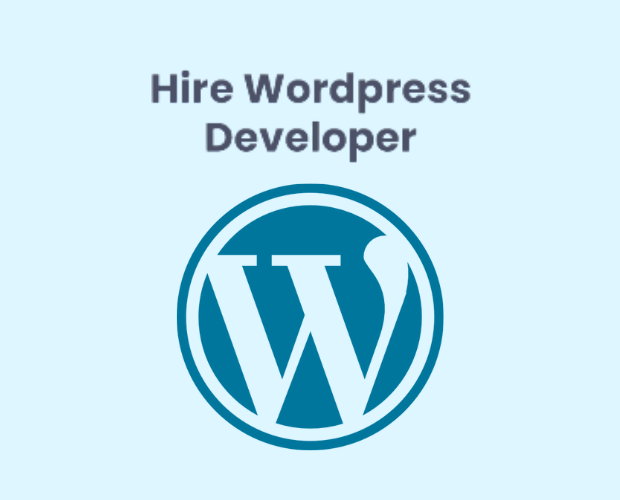How to Achieve a 90+ PageSpeed Score with Divi: A Step-by-Step Speed Optimization Guide
Introduction
A fast website isn’t just nice to have — it’s essential for business.
Studies show that if your site takes more than 3 seconds to load, more than half of visitors leave. That’s lost leads and revenue.
For professionals like lawyers, dentists, accountants, consultants, and exporters, website performance equals credibility. Clients expect instant response times — and Google rewards speed with better rankings.
In this guide, we’ll show you how to fine-tune your Divi-powered WordPress website to achieve a 90+ PageSpeed score — without needing to be a developer.
Foundation ready: This advanced speed guide builds on your basic optimization, security setup, SEO implementation, and plugin configuration.
1. Understand What Slows Down a Divi Website
Divi is a feature-rich theme, but its flexibility can slow things down if not optimized.
Common Speed Killers:
- Large, uncompressed images.
- Too many active plugins.
- Unused CSS or JS.
- Bloated fonts and icons.
- Poor hosting or caching setup.
💡 Speed is not about cutting features — it’s about optimizing how they load.
2. Start with a Reliable Hosting Provider
Your hosting quality is the foundation of performance.
Recommended Hosting for Divi:
SiteGround – Excellent performance, built-in caching.
CloudPanel or LiteSpeed Servers – Ideal for tech-savvy setups.
WP Engine – Managed WordPress hosting, premium reliability.
💡 Pro Tip: Choose servers closest to your target audience (e.g., Mumbai for Indian businesses, Singapore for ASEAN exporters).
Avoid cheap shared hosting — it may save money but costs speed and uptime.
Review our hosting and domain guide for detailed recommendations.
3. Enable Divi’s Built-in Performance Features
Elegant Themes has optimized Divi to be lighter than ever — if configured right.
To Enable:
- Go to Dashboard → Divi → Theme Options → General Tab.
- Scroll down to Performance Options.
- Turn ON the following:
- ✅ Dynamic CSS
- ✅ Critical CSS
- ✅ Smart Styles
- ✅ Lazy Load Images
- ✅ Defer jQuery and JavaScript
- ✅ Google Fonts Caching
💡 Pro Tip: After making changes, clear cache and test again. Each toggle can add 5–10 points to your PageSpeed score.
4. Compress and Resize Images Before Upload
Images are usually the biggest files on your site — especially for galleries, portfolios, or service pages.
Before Uploading:
- Resize hero images to max width 1920px.
- Compress with TinyPNG or Squoosh.app.
- Convert to WebP format (smaller and faster).
Recommended Plugins for Automation:
Smush – Free and automatic.
ShortPixel – Better compression quality.
Imagify – Great for large image sets.
💡 Pro Tip: Always use descriptive file names — helps SEO and organization (e.g., chennai-law-firm-office.webp).
Apply techniques from our image optimization guide for best results.
5. Use a Caching Plugin
Caching stores static versions of your pages so they load instantly for repeat visitors.
Best Plugins for Divi Users:
LiteSpeed Cache (if your host supports LiteSpeed servers)
- Built-in CDN support and image optimization.
WP Rocket (Premium)
- Easiest one-click setup, compatible with Divi.
Autoptimize (Free)
- Combines and minifies CSS, JS, and HTML.
Recommended Settings:
- Enable Page Cache.
- Enable Browser Cache.
- Minify CSS & JavaScript.
- Combine Files (if no conflicts).
💡 Pro Tip: Use only one caching plugin at a time to avoid issues.
Explore more performance plugins in our essential plugins guide.
6. Clean Up Unused Plugins and Themes
Every extra plugin loads extra scripts. Audit your setup monthly.
Checklist:
- Deactivate and delete plugins you don’t use.
- Replace heavy multi-purpose plugins with lighter alternatives.
- Keep only one theme active — Divi.
💡 Pro Tip: If you’ve switched from another builder, remove leftover shortcodes and database tables using the WP-Optimize plugin.
Manage plugins efficiently through your WordPress Dashboard.
7. Use a CDN (Content Delivery Network)
A CDN stores your website files in multiple global servers, so visitors access them from the nearest location.
Free & Reliable CDNs:
Cloudflare – Free plan includes SSL and DDoS protection.
Bunny.net – Fast, low-cost, and integrates with most caching plugins.
💡 Pro Tip: Activate “Full” SSL mode on Cloudflare and enable Auto Minify for HTML, CSS, and JS — these options alone can improve load time by 20–30%.
Ensure your security settings are compatible with CDN configurations.
8. Optimize Fonts and Icons
Divi allows multiple font and icon sets, but keeping them minimal improves speed.
Tips:
- Use only 2 fonts — one for headings, one for body.
- Limit font weights (e.g., 400 regular, 700 bold).
- Turn ON “Google Fonts Caching” in Divi → Performance.
- Avoid using multiple icon libraries.
💡 Pro Tip: Consider using system fonts like Lato, Inter, or Roboto for faster rendering across devices.
Font optimization: Web Font Best Practices | Google Fonts Performance | System Font Stack
9. Minimize External Scripts
Third-party embeds — like chat widgets, maps, or analytics — add loading time.
Smart Usage Tips:
- Load Google Maps only on the Contact page, not globally.
- Use deferred loading for chat widgets or YouTube embeds.
- Use lightweight alternatives for social share buttons (like Grow Social Lite).
💡 Pro Tip: Add heavy scripts (like tracking pixels) using Google Tag Manager — it loads them asynchronously.
Apply best practices from our navigation guide to minimize script conflicts.
Script optimization: JavaScript Performance | Third-Party Scripts Guide | Tag Manager Best Practices
10. Measure and Monitor Speed Regularly
Optimization isn’t a one-time task — your site changes, so performance will too.
Free Testing Tools:
Target Metrics:
- Load Time: <2.5 seconds
- PageSpeed Score: 90+
- Image Size: <1 MB per page
- Core Web Vitals: All green
💡 Pro Tip: Check both mobile and desktop scores — Google prioritizes mobile performance.
Track improvements from your initial optimization efforts.
11. Bonus: Use Divi’s Speed-Friendly Layout Practices
- Avoid overusing animation and parallax backgrounds.
- Limit the number of full-width sections on one page.
- Reuse global modules (e.g., CTA, footer) to reduce redundant code.
- Enable Static CSS File Generation under Divi → Performance.
💡 Pro Tip: Fewer design elements = faster load times + cleaner visual impact.
Maintain design quality while optimizing with principles from our Divi customization guide.
12. Routine Maintenance Plan
Once you’ve optimized, keep things running smoothly.
Monthly Maintenance Checklist:
- Run a PageSpeed test.
- Update WordPress, Divi, and plugins.
- Clear cache and CDN.
- Recompress new images.
- Delete post revisions and spam comments.
💡 Pro Tip: Schedule these in your calendar or automation plugin — it’s a 15-minute task that maintains professional-level speed.
Combine with security maintenance for complete site health.
Conclusion
A 90+ PageSpeed score isn’t just a tech number — it’s a reflection of your brand’s quality and professionalism.
A fast, responsive Divi website shows that you respect your visitors’ time, which translates directly into trust and conversions.
By following this DIY guide — optimizing images, enabling caching, using CDNs, and managing plugins — you can achieve elite website performance while maintaining Divi’s visual appeal.
Your complete WordPress mastery journey includes proper hosting, security, SEO, essential plugins, basic optimization, and now advanced speed perfection.
In the next tutorial, we’ll explore Building a Portfolio Website with Divi (Step-by-Step) — so you can showcase your professional achievements beautifully and effectively.
Your Complete WordPress Performance Journey
Master every aspect of WordPress with our comprehensive tutorial series:
- What is WordPress – Platform foundations
- Hosting and Domain Setup – Performance infrastructure
- Installing WordPress – Clean setup
- WordPress Dashboard Guide – Site management
- Designing with Divi – Visual design tools
- Homepage Conversion Design – Layout optimization
- Customizing with Divi – Efficient customization
- Navigation & Menus – Fast navigation
- Performance Optimization – Basic speed
- Essential Plugins – Performance tools
- WordPress Security – Safe speed
- SEO Optimization – Fast rankings
- Advanced Speed – You are here
- Portfolio Building – Coming next
💡 Need Help Boosting Your PageSpeed Score?
Get a Free Divi Performance Audit

























0 Comments